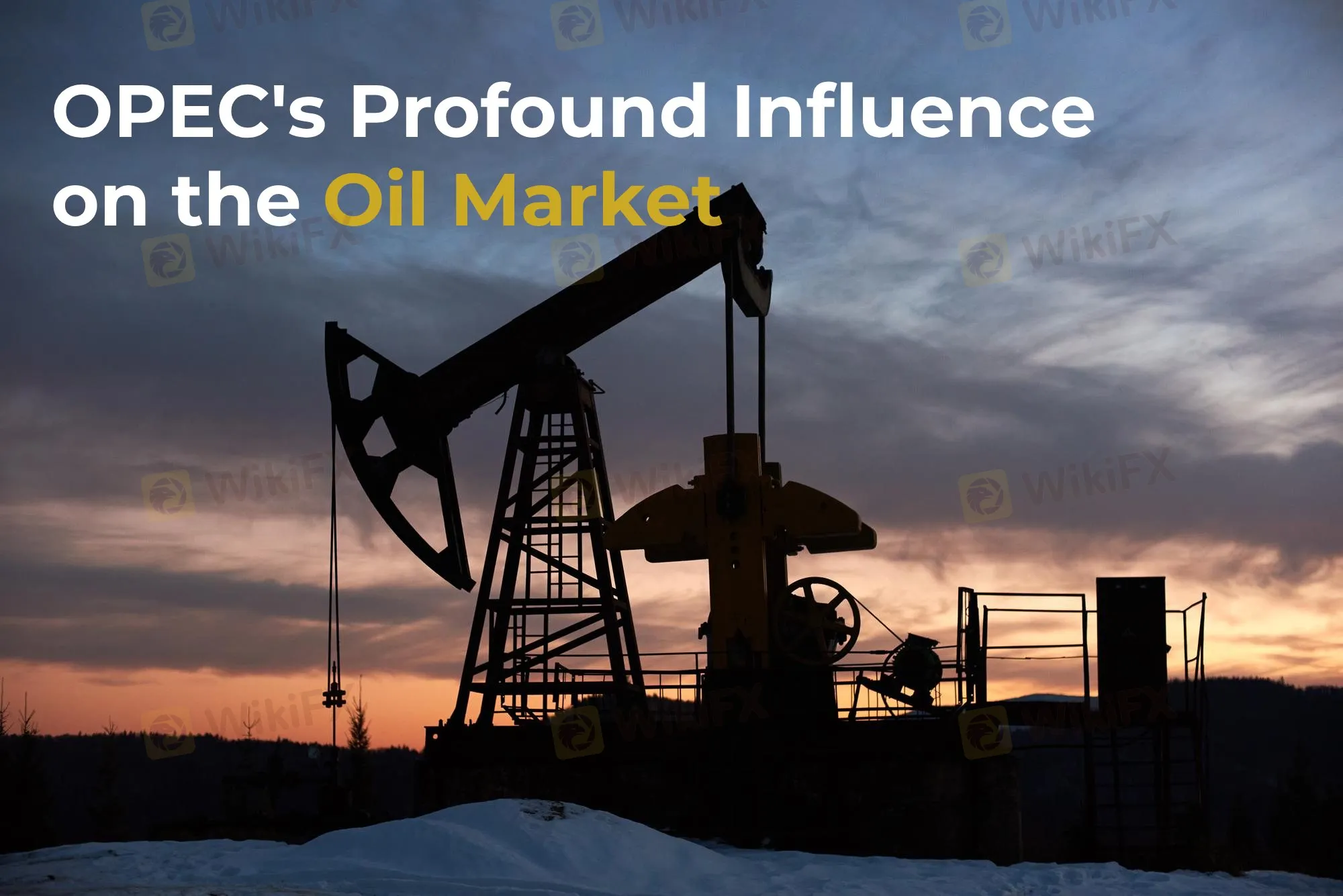简体中文
繁體中文
English
Pусский
日本語
ภาษาไทย
Tiếng Việt
Bahasa Indonesia
Español
हिन्दी
Filippiiniläinen
Français
Deutsch
Português
Türkçe
한국어
العربية
OPEC's Profound Influence on the Oil Market
Abstract:At present, oil prices remain relatively stable, but global economic recovery and shifting market demands continue to drive price fluctuations. Amid an uncertain global economic and geopolitical landscape, OPEC’s policies and actions remain key determinants of oil prices.

Currently, oil prices are hovering between $70 and $75 per barrel, maintaining a steady range. The slight rebound in prices is largely due to an uptick in global demand, along with growing concerns about geopolitical risks. While the global economic outlook remains uncertain, the gradual recovery of major economies has boosted crude oil demand, pushing prices higher. Investors and analysts are closely monitoring OPECs production policies to see how the organization adjusts in response to changing global energy needs.
How OPEC and Geopolitics Affect Oil Prices
OPEC plays a pivotal role in influencing oil prices. As a major global oil-producing organization, every decision OPEC makes regarding production cuts or increases directly impacts global prices. For example, in late 2019 and early 2020, OPEC, along with non-OPEC nations, decided to reduce production, successfully driving up oil prices. In addition, geopolitical factors are another significant driver of oil price volatility. Tensions in regions like the Middle East can disrupt oil supply, causing prices to surge. In such cases, OPEC often adjusts production levels to respond to external risks and stabilize the market.
Understanding OPEC, OPEC+, and Non-OPEC Countries
OPEC (Organization of the Petroleum Exporting Countries) is an international organization founded in 1960, consisting of 14 major oil-producing countries. These nations control around a quarter of global oil supply, with significant members like Saudi Arabia, Iraq, and the UAE.
OPEC+ is a cooperative alliance formed between OPEC and some non-OPEC oil-producing nations, including Russia, with the goal of jointly managing global oil prices through coordinated production cuts or increases.
Lastly, non-OPEC countries are those that are not part of OPEC but are still major oil producers, such as the United States and Canada. These countries also influence global oil prices, particularly with the rise of U.S. shale oil production, which has increasingly impacted market trends in recent years.
In conclusion, the decisions and strategies of OPEC, OPEC+, and non-OPEC nations directly shape the volatility of global oil prices through their production adjustments and geopolitical considerations.

Disclaimer:
The views in this article only represent the author's personal views, and do not constitute investment advice on this platform. This platform does not guarantee the accuracy, completeness and timeliness of the information in the article, and will not be liable for any loss caused by the use of or reliance on the information in the article.
Read more

What is smartytrade?
SmartyTrade is an emerging online trading platform that gives investors access to a wide range of global markets. Since its launch, the broker has positioned itself as a one-stop shop for trading CFDs, forex pairs, cryptocurrencies, commodities, and even binary options—all through intuitive web and mobile interfaces.

Yen's Dramatic Rebound: What Should Investors Do Now?
The recent dramatic rebound of the yen has caught the attention of investors, prompting them to reassess their strategies. This article will analyze the reasons behind the yen's movement and provide recommendations for investors.

How Regulated Brokers' High-Tech Platforms Boost Profits
Discover why regulated brokers’ high-tech platforms boost profits with trust, cutting-edge tools, and risk management. Maximize returns in 2025’s dynamic markets!

US Authorities Crack Down on North Korea-Linked Cambodian $4B Scam
North Korea-linked Huione Group defrauds US citizens through romance scams and cyber theft, stealing billions. Federal authorities crack down on illegal operations.
WikiFX Broker
Latest News
MTrading Users Report Withheld Funds and High Withdrawal Fees
How popular is MT4/MT5 in Southeast Asia?
Yen's Dramatic Rebound: What Should Investors Do Now?
SEC Charges Dallas Trio in $91M Ponzi Scheme Defrauding Investors
Will Gold Hit $4,000 in 2025? Key Drivers to Watch
How Two Simple Messages Led to a Million-Ringgit Disaster
Valetax $35 No Deposit Bonus
The Trader’s Dilemma: Dead Cat Bounce vs. Genuine Recovery
He Lost RM558,000 Overnight: Are You Falling for the Same Scam?
US Authorities Crack Down on North Korea-Linked Cambodian $4B Scam
Currency Calculator


